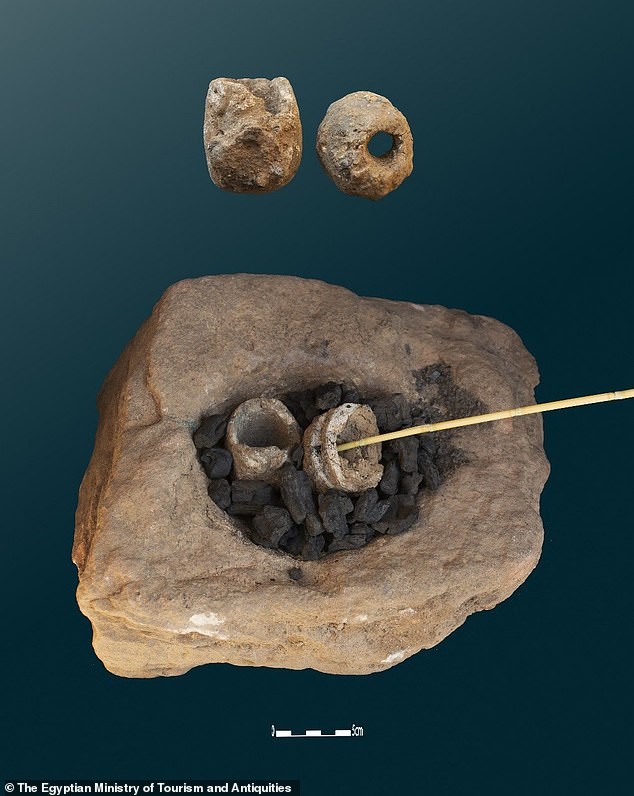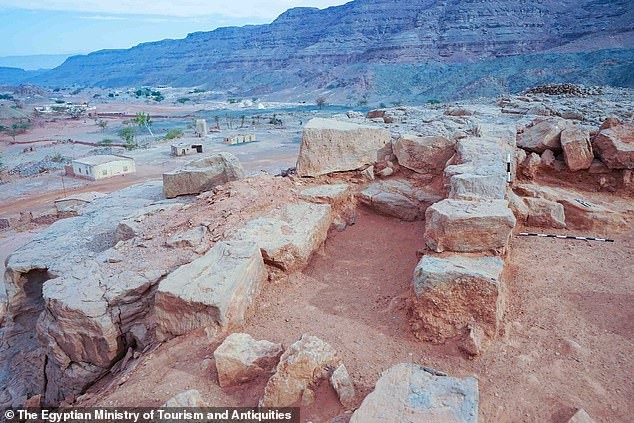A Copper Workshop in Sinai That Could Rewrite Moses’ Beginning
An ancient copper-smelting workshop, plus several stone buildings and lookout points, has been uncovered at Wadi al-Nasb in South Sinai. The site lies near Serabit el-Khadim, long known for turquoise and copper extraction. The discovery shows that ancient Egyptians possessed advanced knowledge of mining and metal-working—skills essential for tools, weapons, and crafts. The Egyptian Ministry of Tourism and Antiquities says this discovery "adds a new dimension to our understanding of the history of industrial and mining activity in ancient Egypt." The location is also close to areas traditionally associated with the Exodus route, including Mount Sinai. However, archaeologists have not directly linked these ruins to Moses or the Israelites. Biblical scholars note that Hebrew or Israelite workers have historically labored in Egyptian mining operations, and proto-Israelite inscriptions have been found at Serabit el-Khadim.

In This Article:
What Was Found at Wadi al-Nasb
Inside the workshop, researchers found a furnace for melting copper, clay crucibles, pottery vessels, and large amounts of copper slag. Two sandstone buildings were unearthed: one at the western entrance of Wadi al-Nasb and another where the site meets the desert valley of Wadi al-Sour. A third building at the southern edge of Wadi al-Sour likely served as a control center for the mining operations and contained charcoal from local trees and purified clay for making bellows. Researchers believe these structures may have served as lookout towers for guards and mining workers, later converted into copper production facilities during Egypt’s New Kingdom period (1550–1070 BC).

Serabit el-Khadim: Inscriptions, Prisoners and Proto-Israelites
The site sits near Serabit el-Khadim, historically associated with turquoise and copper extraction. In 1999, American Egyptologist Gregory Mumford wrote: "The mines were worked by prisoners of war from southwest Asia who presumably spoke a Northwest Semitic language, such as the Canaanite that was ancestral to Phoenician and Hebrew." Multiple biblical scholars cite evidence of Semitic workers at Serabit el-Khadim, including proto-Israelite inscriptions and inscriptions of one of the names for God in the Hebrew Bible. These inscriptions highlight the possibility of Semitic presence in the region. According to the Bible, the Israelites were enslaved in Egypt, forced to build cities, and worked under harsh conditions; the Exodus tells of their escape under Moses’ leadership.

Why This Matters for the Exodus Narrative
The discovery adds a dimension to our understanding of ancient Egypt's industrial and mining activity, especially near the route later associated with the Exodus and Mount Sinai. Biblical accounts place Moses as the liberator who leads the Israelites out of slavery, across the Red Sea, and who receives the Ten Commandments at Mount Sinai during the first year of the journey. The Promised Land is said to be reached around 1406–1407 BCE. Experts caution that there is no direct proof linking the Wadi al-Nasb finds to Moses, but the site contributes to a richer context of the era—revealing the technologies and labor forces at work in the region.

